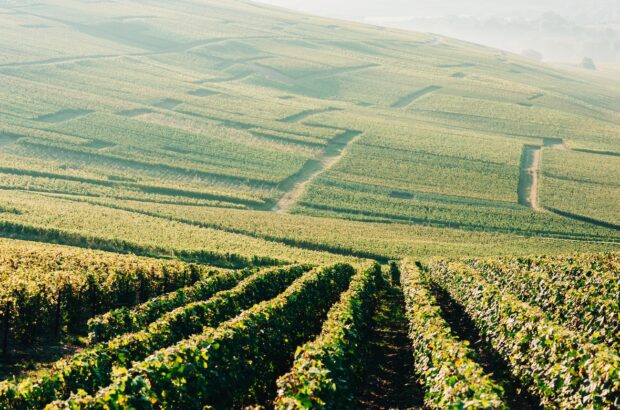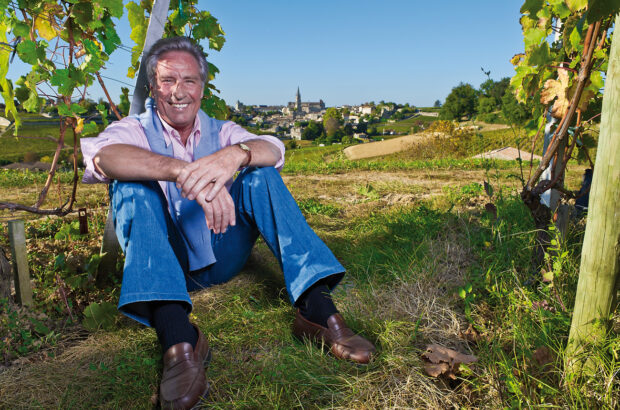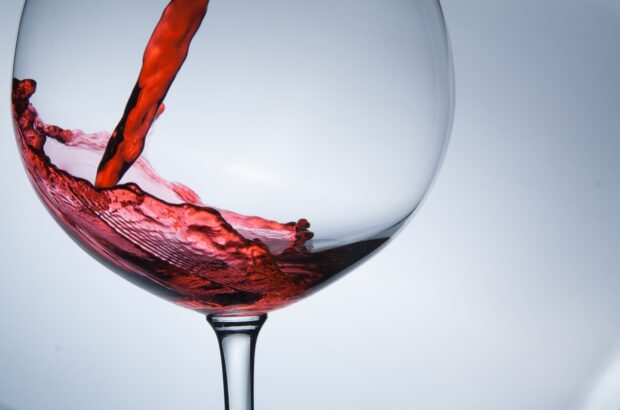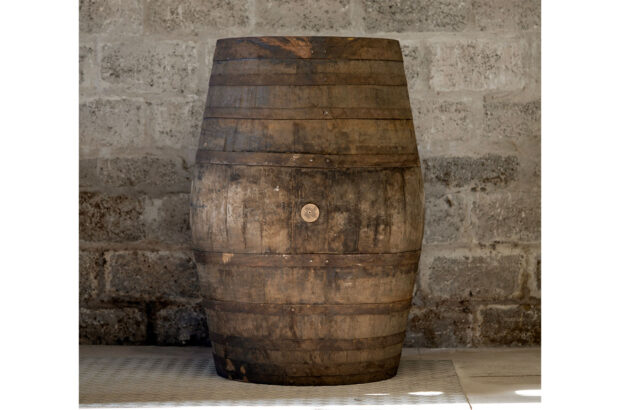In 1098, a group of monks established a monastery in Cîteaux, France. With vows of poverty and hard work, they built an abbey, drained the swamp, and planted what is now one of the most famous vineyards in the world – Clos de Vougeot. This new order of monks became known as the Cistercians, and their viticultural and winemaking legacy became renowned throughout the world.
Early beginnings
During the early Middle Ages, monks started producing wine for self-sufficiency and religious rituals. Nobility endowed abbeys with land and vineyards in exchange for prayers, economic and agricultural prosperity, and education.
With the spread of Christianity, monastic orders, especially the Benedictines and Cistercians, played a crucial role in viticulture.
‘St Benedict imagined each monastery as autonomous and self-sufficient, and he explicitly mentioned the addition of vineyards, the presses and cellars,’ explains Abbot Luca Fallica of the Abbey of Montecassino – the first house of the Benedictine order, established in 529 AD.
Monks were among the most knowledgeable and skilled vintners of their time, preserving and advancing techniques. Their commitment to agriculture led to the development of notable wines and regions, such as Chablis’ origin at Pontigny Abbey. Sauvignon Blanc was introduced in Quincy by the monks of Beauvoir Abbey, and the Abbey of St Maurice was instrumental in developing viticulture in Switzerland’s Valais region.
In Portugal, agro-industrial efforts of Cistercian monks led to the early development of the then-barren Douro region, likely marking the beginnings of Port’s history. Most renowned is the association of the Abbey of St-Pierre d’Hautvillers’ with Dom Pérignon, the Benedictine monk often credited with significant advancements in the production of Champagne.

Montecassino abbey in Lazio, Italy. Credit: aerial-photos.com / Alamy Stock Photo
Today’s monastic wines
The number of monasteries engaged in winemaking today has dwindled, but the few that continue offer a glimpse into a bygone era with a focus on the future. They range from small-batch production to large enterprises. Propelled by a modern commitment to honouring both the earth and their heritage, monastic wines in the modern era resonate with the broader shift towards environmentally conscious production.
Kloster Eberbach is the world’s oldest continuously operating monastery winery, with origins in the 12th century when French monks settled in Rheingau, Germany. The monastery contributed to the development of the German wine industry and was also one of the founding members of the Association of Prädikat Wine Estates (VDP). Over time, wine production developed into a commodity that ensured its future and prosperity.
‘We’re always looking for ways to improve, whether it’s in the vineyard, the cellar, or customer service. This allows us to tackle upcoming challenges like climate change head-on and ensure our heritage is taken care of for generations to come,’ says Dieter Greiner, MD of Kloster Eberbach Wine Estate.
At Lérins Abbey on the island of St-Honorat, off the coast of France, the 20 or so resident monks have made a living from wine production for centuries. They produce more than 30,000 bottles of wine from their eight-hectare vineyard, planted to six different grape varieties.
Italy’s Alto Adige region is home to Abbazia di Novacella, established in 1142. The monastic community consists of Augustinian Canons, a community of priests who follow a communal life dedicated to prayer, work and service. Wine production has been an integral part of life at the Abbey for centuries.
‘Today the winery is the main business of Abbazia di Novacella and is the most important funding source for the maintenance of the monastery,’ says Werner Waldboth, Novacella’s director of marketing. ‘Of course, it has not always been like this, but wine has always been important for liturgy and for the provisioning of staff and guests. Therefore, I see the production of wine as part of our identity.’
Italy also celebrates the rich tradition of monastic winemaking with an annual event, Vini d’Abbazia. The event features wines produced by abbeys from Italy and other countries and also partners with Vin d’Abbayes – a French association of monastic wines.
Showcasing his wines this year was Brother Michele Badino of San Masseo, a Bose monastic community in Assisi, Italy. He is one of two monks who cultivate the two hectares of Grechetto and Merlot to produce wines and vermouth. ‘We don’t produce wine to live, we live to produce wine,’ says Badino. ‘While working the land, we are at the same time working on our humanity.’
Modern innovations and partnerships
The success of monastic wines these days is largely supported by commercial activities, marketing their products globally, focusing on quality and tradition, and branding them with their heritage. Additionally, wine producers are increasingly partnering with monasteries to create unique and exclusive wines.
A prime example of such collaboration is found in Georgia. ‘We as a company have a deep respect for the old Georgian traditions, and we are very proud of making amazing wines with the monks,’ says Badagoni’s marketing head, Eka Vardosanidze. Badagoni produces qvevri wines made of indigenous grapes including Rkatsiteli, which are crafted in the historical 11th century cellar of the Alaverdi Monastery in Akhmeta, Georgia.
In Italy, another noteworthy partnership highlights the blend of tradition and modern winemaking. While the nuns at Monastero Suore Cistercensi have actively farmed their vineyards in Lazio since the early 1990s, they collaborate with Giampiero Bea of Umbria’s Paolo Bea on the vinification of their wines.
Further illustrating this trend, Feudi di San Gregorio and Tenute Capaldo in Campania produce wines dedicated to important nearby abbeys, Goleto and Montevergine. ‘There is a clear trend – a willingness to discover the incredible richness of authentic culture behind wine,’ says Antonio Capaldo, owner of both wineries. ‘Over the past two decades, we – as producers – started speaking less about barriques and tannins and more about culture, history, soils. And wine lovers are curious to discover this.’
Over one millennium after the first monastic winemakers took root, monastic communities across the globe weave a narrative that continues to inspire and captivate.







